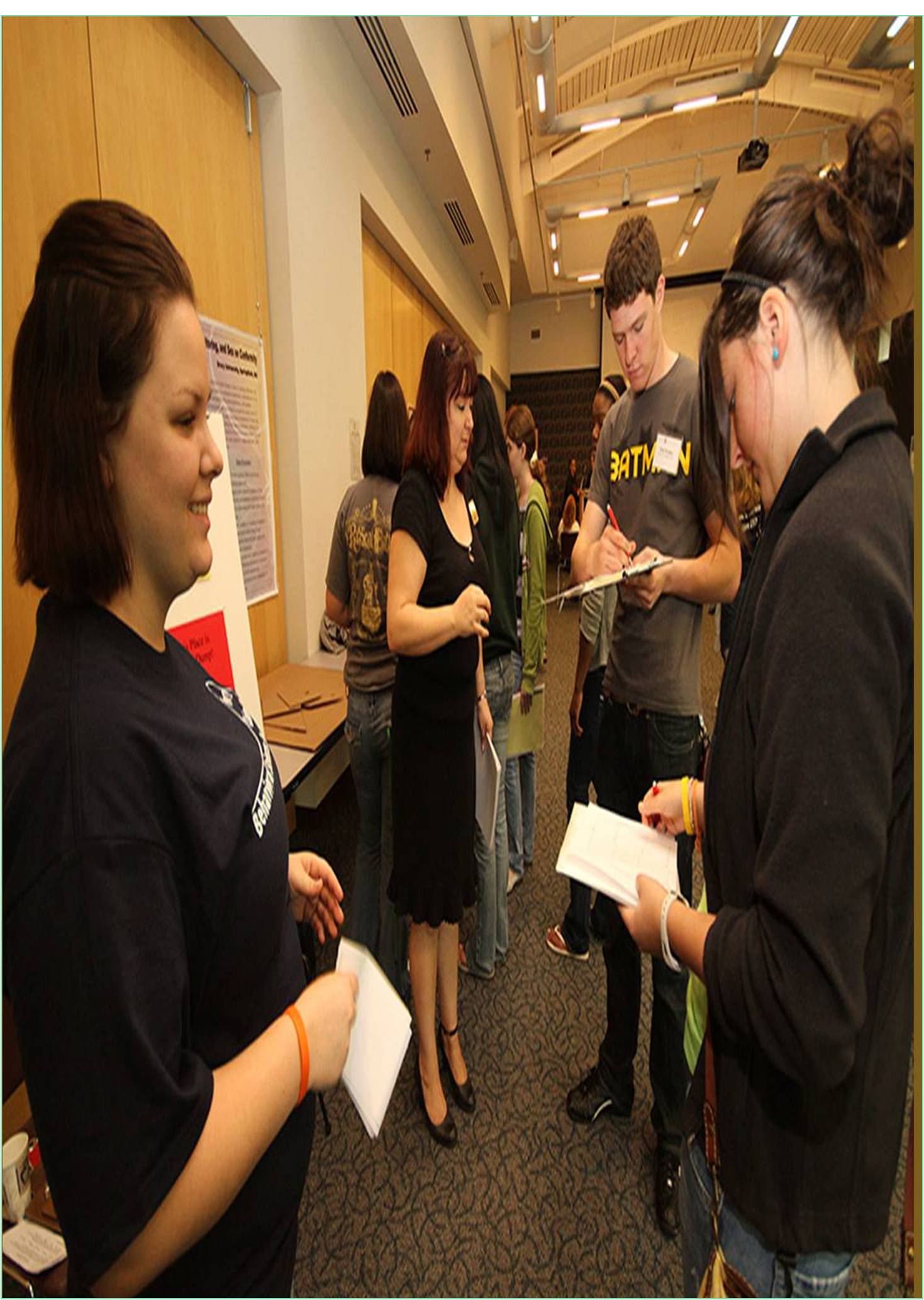



Received: 25-Jul-2022, Manuscript No. GJASSE-22- 71951; Editor assigned: 29-Jul-2022, Pre QC No. GJASSE-22- 71951 (PQ); Reviewed: 12-Aug-2022, QC No. GJASSE-22- 71951; Revised: 19-Aug-2022, Manuscript No. GJASSE-22- 71951 (R); Published: 26-Aug-2022, DOI: 10.15651/GJASSE. 22.10.010
The visual arts discipline of sculpture makes use of three dimensions. It is one of the plastic arts. In order to create durable sculptures, carving and modeling were initially utilised on materials including stone, metal, ceramic, wood, and others. But since Modernism, there has essentially always been complete freedom with regard to both materials and method. Numerous materials can be carved, welded, modelled, moulded, or cast in addition to being manipulated by removal techniques like carving.
Small sculptures have been used as personal items since the earliest ancient works of art, while very huge sculptures have been used as public art for at least 4,500 years, primarily to impress onlookers with the authority of a king. The emergence, and occasionally the disappearance, of large or monumental sculpture in a culture is considered to be of great significance in archaeology and art history, though tracing the emergence is frequently made difficult by the presumptive existence of sculpture in wood and other perishable materials of which no record remains.
Sculptures were the four classic materials and they are,
Stone Carving
Stone carving is a process whereby chunks of unpolished natural stone are carefully removed and moulded. Stonework that was produced during our past has endured because of the material's durability. The process used by palaeolithic tribes to fashion flint implements is more commonly known as knapping. More frequently, lettering is used to describe stone carving that is done to create letters. Quarrying or mining are two terms used to describe the extraction of stone from the earth. One of the techniques an artist may employ to make a sculpture is stone cutting. The phrase also describes the work that masons do to prepare stone blocks for use in construction, architecture, or civil engineering.
As seen by the numerous ancient monuments, rock-cut sculptures, caves, and temples constructed over the years, stone carving is a custom of Orissa. The architecture and rock cut sculptures of Orissa's temples such as Lingraja, Jagannath, Mukteshwara, and others best display the vast variety of stone carving. The temple chariot of the Sun God at Konark and the stupas in Ratnagiri and Udaygiri are additional remarkable structures. On the Konark Wheel, there are "Apsaras," or celestial beauty, playing various musical instruments. Bookends, ashtrays, and paperweights are among the goods produced; also, candlesticks, cookware, and other items are produced.
Bronze Casting
The most common metal used to create cast metal sculptures is bronze; these sculptures are frequently referred to as simply "bronzes". It can be used for sculptures, either individually or collectively, reliefs, tiny statuettes and figurines, as well as bronze fittings for other items like furniture. Gilt is frequently applied to create ormolu or gilt-bronze.
There are numerous varieties of bronze alloys. Modern bronze typically contains 88% copper and 12% tin. The alpha solid solution of tin in copper is what makes up alpha bronze. Coins and a variety of mechanical uses are made with alpha bronze alloys that contain 4-5% tin. The metal of the 12th-century English Gloucester Candlestick is bronze, which contains a mixture of copper, zinc, tin, lead, nickel, iron, antimony, and arsenic. Historical bronzes are highly variable in composition because most metalworkers probably used whatever scrap was available. The ratios in this mixture may imply that an old coin hoard was used to make this candlestick.
Wood Carving
Any type of wooden sculpture, from decorative basreliefs on little things to life-size figures in the round, furniture, and architectural accents, falls under the umbrella of wood carving as an art form. The hardness and texture of the woods utilised varies substantially.
For thousands of years, people have utilised wood to make art, as a tool as well as a means of expression. Wood carving has been a thriving art form throughout history to the plentiful. supply, ease of use, and ideal characteristics of hardiness and adaptability. With the aid of woodworking equipment, it may be shaped in a variety of ways, including by turning and carving. The possibilities are essentially unlimited because to the variety of processes that has developed through time to achieve a wide range of effects and the significant variance in qualities among the many types of wood. In addition to these inherent qualities that make wood an attractive medium to work with, it is simple to blend with other media and alongside other materials. To match any surroundings, a variety of stains and treatments can be applied.
Clay Firing
The first burning in which clay is transformed into ceramic is known as a bisque firing. The piece is given a second fire during which colour and gloss are imparted. i.e. immediately apply colour and glaze to the dried clay. After that, it is fired once in the bisque to finish. The clay is fired in three phases. The drying process is the initial step. Before it can be burnt, clay must be completely dry. The fire of bisque is the second step. Soluble green ware clay is converted into ceramic material during the bisque fire. The glazing fire is the third stage.